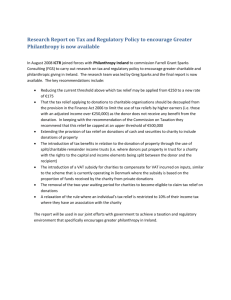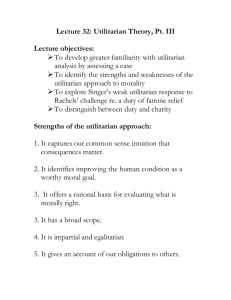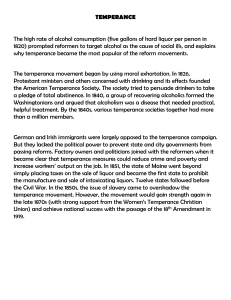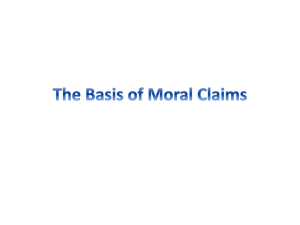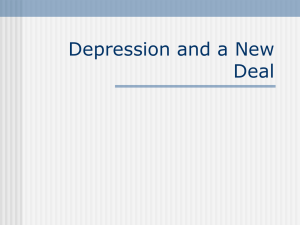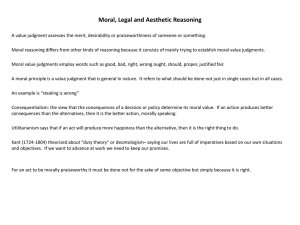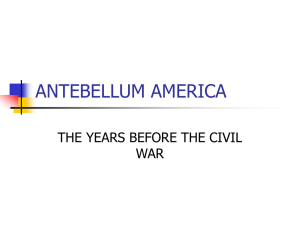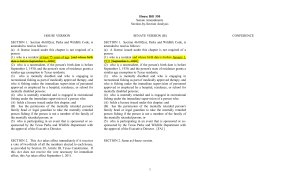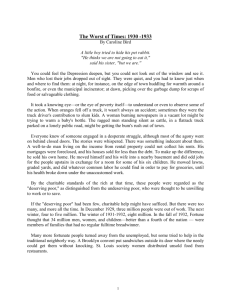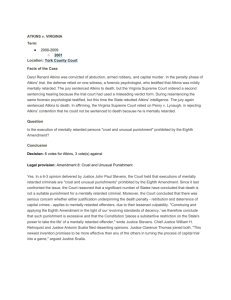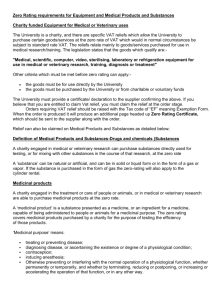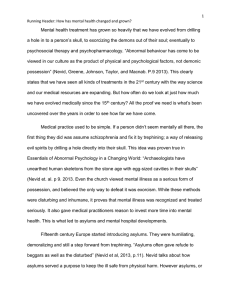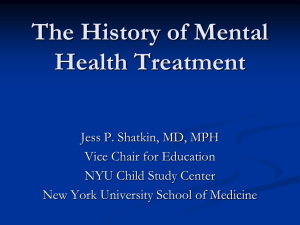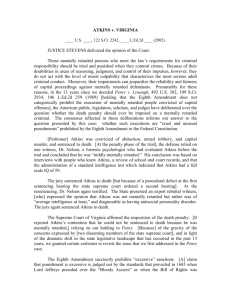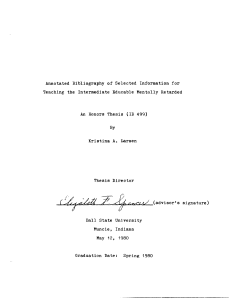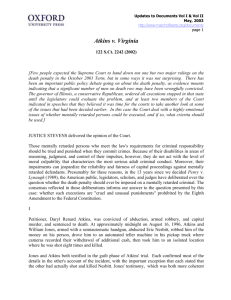5 Institutional Care Trattner 4
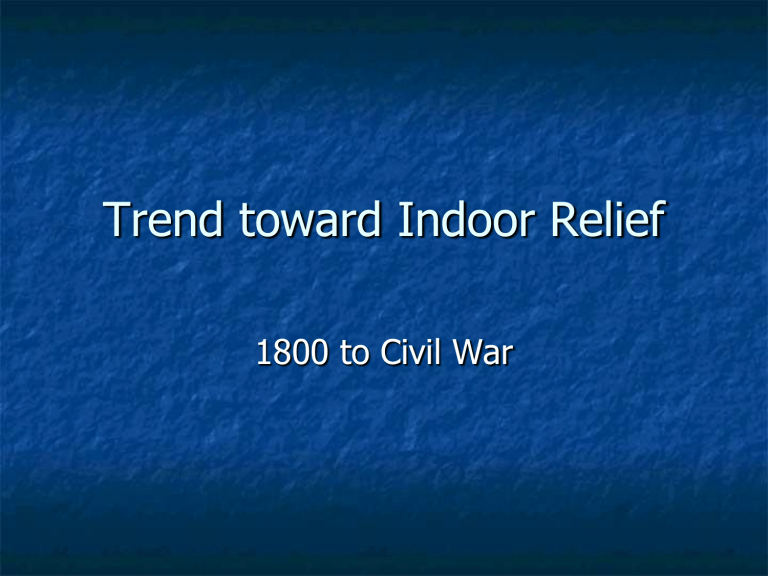
Trend toward Indoor Relief
1800 to Civil War
The Mood of the Nation
Time of movement and growth
Industrialization in northeast (largely cotton)
Explosion of wealth in south (cotton)
Westward migration, population expansion and addition of new states
Canals and railways fostered commerce
Voting extended to all free adult white males
Age of common man –Jacksonian democracy began in 1828
Social issues & reformers – concern for deaf and blind, mentally ill
Immigration, prohibition and anti-
Catholicism
German and Irish immigrants
Catholics grew from 300,000 to 3 million from 1830-1860
Irish destitute and threat to standard of living – would work for any wage
Concerns about blacks, especially free blacks in the south -- colonization
Trattner’s View of Mood
Growing view that poor responsible for their own condition
Land/resources plentiful – personal weakness cause of poverty
All poor viewed with contempt, even
“worthy”
Poor, Catholic immigrants added to tension
Moral Crusade Seen as Solution to Social Problems
Catholics seen as uncivilized with the evil habit of drink
Other problems thought to be caused by moral defects – crime, insanity, gambling, prostitution, vagrancy
Recessions, discrimination, lack of social institutions not seen as leading to social problems
Temperance
Limiting availability of strong drink will solve social problems
1833 there were 6,000 American
Temperance Society chapters
Tax heavily, restrict sales, or prohibit sales were major goals
Opposed by immigrant groups and many middle class and working class Americans
Anti-pauperism Strategies
Self-sufficiency possible if one worked hard and was moral
Thus poverty was linked to idleness and/or immorality or laws removed incentive to work
Best way to deter poverty was through getting rid of outdoor relief
Poorhouses would be efficient and provide a way to change the poor
Concern about Outdoor Aid
Belief that poor laws removed incentive to work
Belief that public assistance should be eliminated in favor of private charity only
Deemed impossible, but for cost savings and efficiency, move to institutional care
Yates Report
New York State survey research on poor relief 1824 recommendations
No public help for able bodied 18-50
Institutional help for old, young, and disabled
County become administrative unit
Almshouses
Became predominant way to help poor
Under county administration, usually housed a conglomerate of unfortunates
Old, young, sick, well, sane, insane, retarded, alcoholic, delinquent, criminal
For most (except old) these were short term refuges during crisis and economic distress
Almshouse in Maryland
Almshouse in Lancaster, PA
Emergence of Specialized Care
Reformers deplored mixing of populations
Reformatories for juvenile delinquents
State orphanages for dependent children
Institutions for mentally ill, mentally retarded, deaf and blind emerged
Quest for Federal Help
1818 Revolutionary War
Pension Act
Some disaster aid forthcoming
Public land given for asylums for “deaf and dumb”
Dorothea Dix sought
Federal land for states to build “insane asylums”
1854 Congress passed, and Pierce vetoed
Pierce
“I cannot find any authority in the
Constitution for making the Federal Government the great almoner of public charity throughout the United States.”
With few exceptions
(native Americans, freed slaves) federal government stayed out of social welfare for many years
Private aid
Help the poor by improving their character
Poor needed religion, morality, sobriety and industry
1843 New York Association for Improving the Conditions of the Poor
Middle class male volunteers, probably feared/hated the poor and wanted to transform them to middle class values
Change in Attitude
Encountered wretched living conditions in slums
Found slum life to be an obstacle to morality
Realized poor wages and unemployment were real problems
Found jobs and gave aid
A.I.C.P.
Built “model tenements”
Tried to clean slums and establish public health measures
Finally argued that moral improvement depended on improving economic situation
Wanted well planned relief
Precursor to Charity Organization Societies
Social Control?
Did reformers “help” the poor as a way to control them and protect middle class, capitalist interests?
Did philanthropists act to show off their exalted position in society?
Or did they help for spiritual reasons, out of civic duty, cultural nationalism or true humanitarianism?
